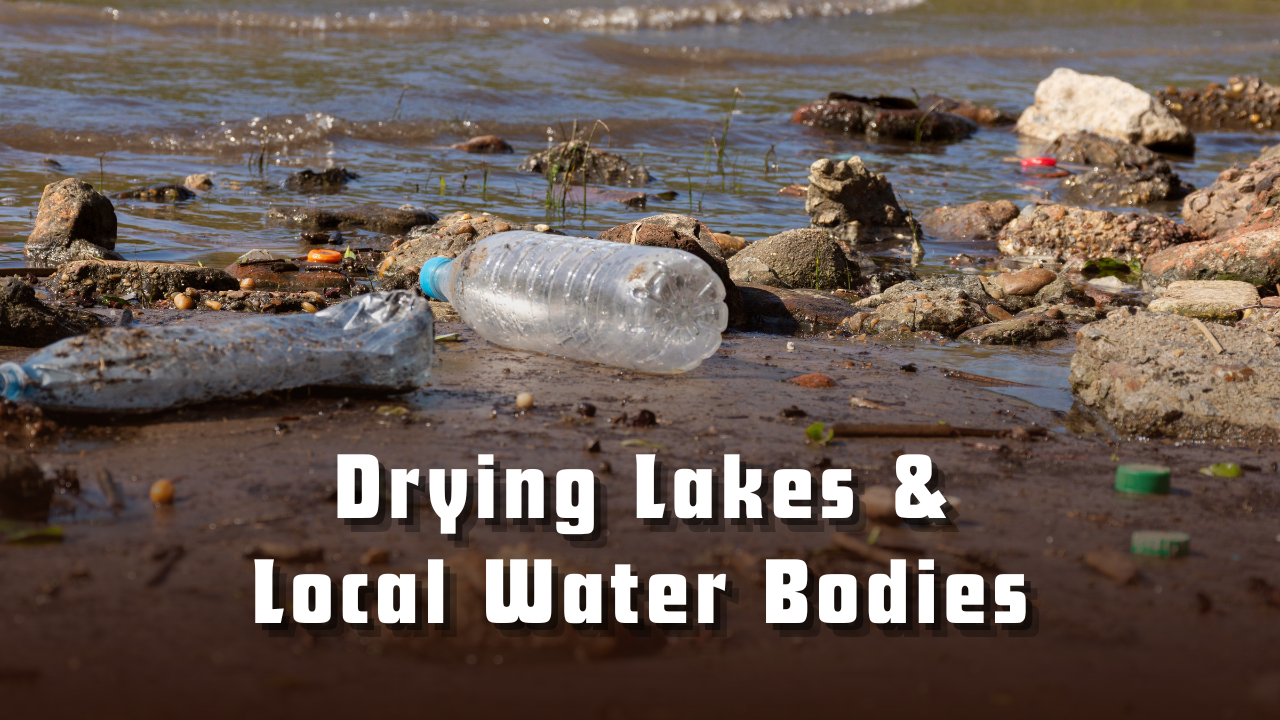Font size:
Print
Drying Lakes & Local Water Bodies
The Earth is drying out and we need to act urgently
Drying Lakes: A groundbreaking study published in Science Advances by researchers from Arizona State University has revealed that Earth’s continents are drying out at an unprecedented rate.
What is the significance of lakes and other local bodies?
- Crucial freshwater reservoirs: Lakes and reservoirs store 87 % of the planet’s liquid surface freshwater, supporting ecosystems, livelihoods, hydrological balance, carbon cycling, and regional climates.
- Population dependency: Approximately a quarter of the global population resides within basins of drying lakes, underscoring human vulnerability.
What are the primary factors of the drying lakes?
- Climate change & heightened evaporation: Warming increases evaporative demand, intensifying lake volume loss globally.
- Over-exploitation of groundwater: Groundwater withdrawals now account for 68% of continental freshwater loss in non-glaciated regions, driving “continental drying”.
- Rapid expansion of mega-drying regions: Satellite data show “mega-drying” zones—especially across the Northern Hemisphere—are expanding at a rate equivalent to twice the area of California per year.
What are the impacts of the drying up of such lakes and other local bodies?
- Water insecurity & food stress: With surface water dwindling, reliance on deeper aquifers grows, threatening food security, especially in agriculture-dependent regions.
- Biodiversity & ecosystem degradation: Loss of aquatic habitats impairs biodiversity, ecosystem services, and local climate regulation (e.g. carbon storage).
- Sea-level rise acceleration: Land-based freshwater loss now contributes more to global sea-level rise than ice sheet melt, posing long-term risks for coastal populations.
- Permanent hydrological shifts: Studies indicate terrestrial water declines—especially soil moisture—could be irreversible within human timescales, reflecting deep, structural changes in the water cycle.
Subscribe to our Youtube Channel for more Valuable Content – TheStudyias
Download the App to Subscribe to our Courses – Thestudyias
The Source’s Authority and Ownership of the Article is Claimed By THE STUDY IAS BY MANIKANT SINGH





